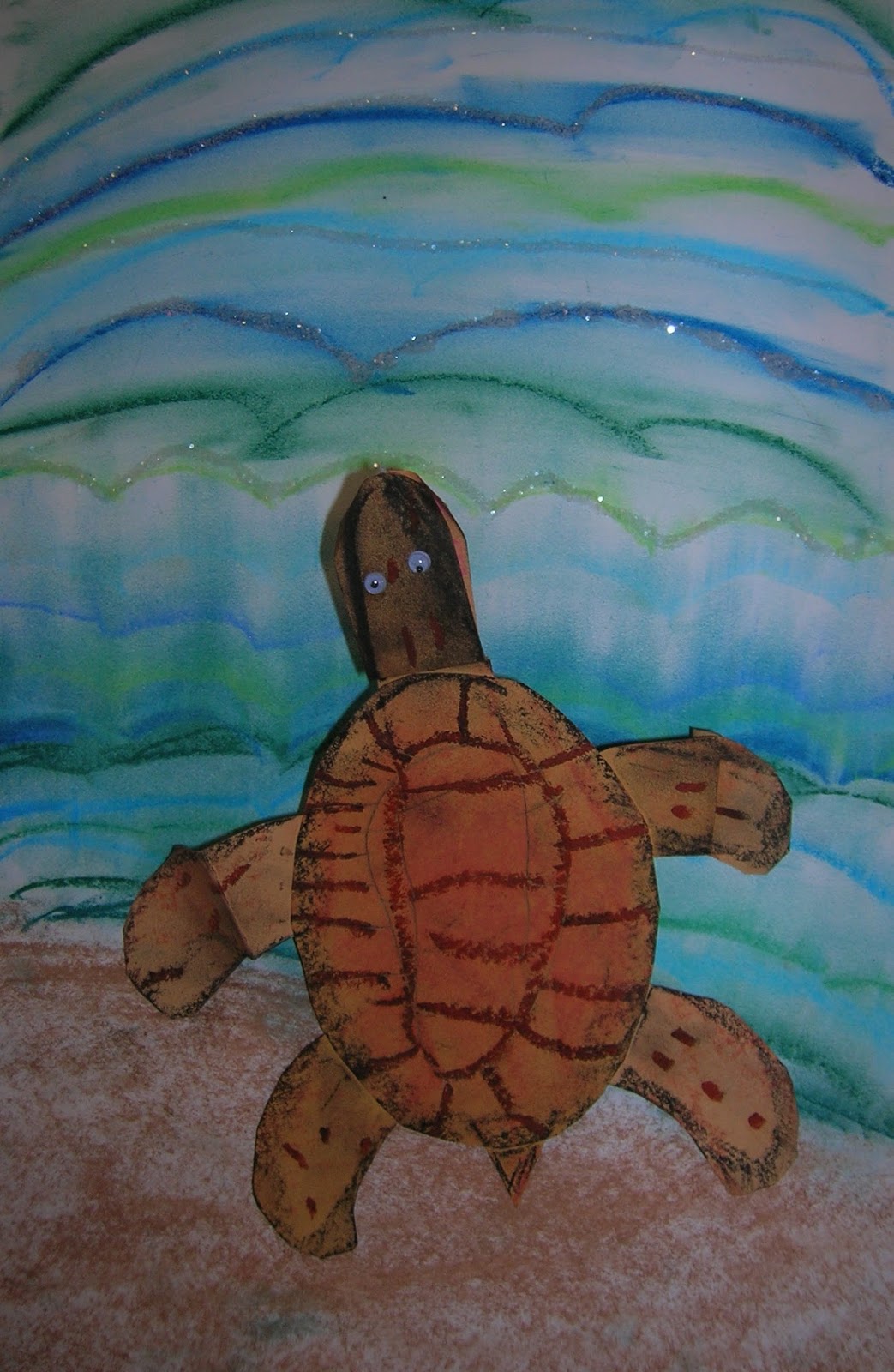I found these inspiring words for teaching art, by Michael Rosen, on Pinterest:
For practitioners of all kinds, I've sketched out a checklist, as much for myself as others, to keep in mind how best to ensure that arts in education is worthwhile for all.
Children and young people involved in the arts should:
1) have a sense of ownership and control in the process;
2) have a sense of possibility, transformation and change – that the process is not closed with pre-planned outcomes;
3) feel safe in the process, and know that no matter what they do, they will not be exposed to ridicule, relentless testing, or the fear of being wrong;
4) feel the process can be individual, co-operative or both;
5) feel there is a flow between the arts, that they are not boxed off from each other;
6) feel they are working in an environment that welcomes their home cultures, backgrounds, heritages and languages;
7) feel that what they are making or doing matters – that the activity has status within the school and beyond;
8) be encouraged and enabled to find audiences for their work;
9) be exposed to the best practice and the best practitioners possible;
10) be encouraged to think of the arts as including or involving investigation, invention, discovery, play and co-operation and to think that these happen within the actual doing, but also in the talk, commentary and critical dialogue that goes on around the activity itself.
As young people work, they will find their minds, bodies and materials changing. As agents of that change, they will inevitably change themselves. They will find out things about themselves as individuals – where they come from, how they co-exist with people and places around them – and they will pick up (or create) clues about where they are heading. They will also find new ways to talk about the arts. Demystifying them, if you like.
I believe that if we set out the stall for the arts in this way, we won't find ourselves trying to advocate a particular art form – say, painting – for what are deemed to be its intrinsic civilising qualities. Instead, we will be calling for a set of humane and democratic educational practices for which the arts provide an amenable home.

















































